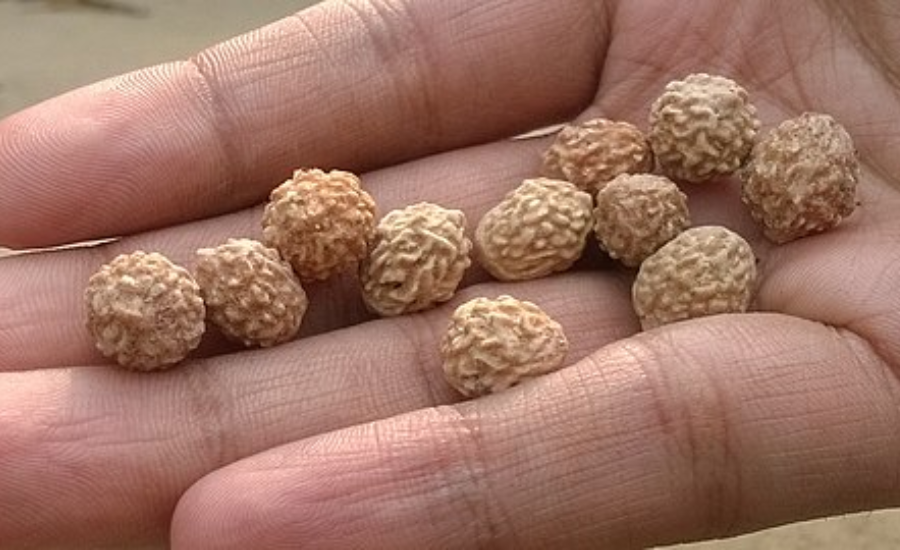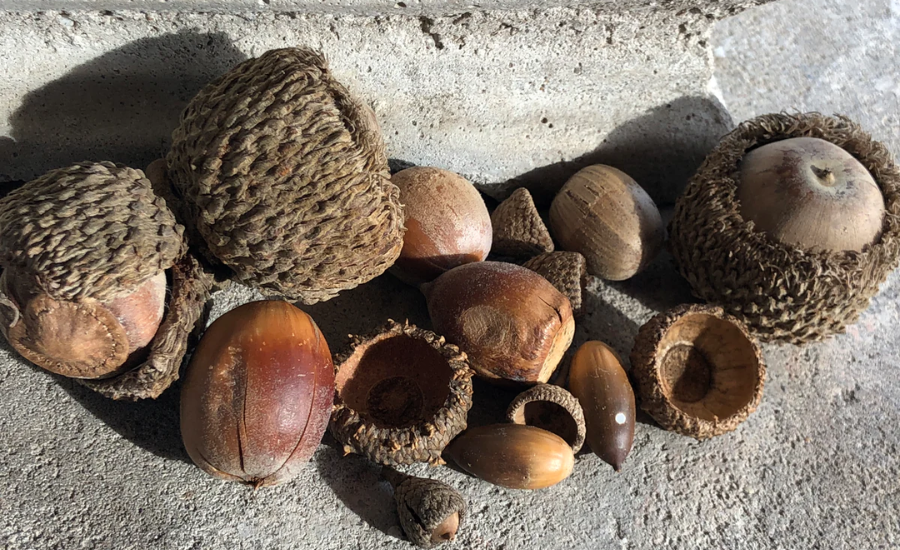Nature’s Brain-Like Seeds: Unveiling Natural Design and Significance

Introduction
In the realm of nature’s curiosities, we encounter an intriguing phenomenon – seeds that bear an astonishing resemblance to the human brain. Join us on a fascinating exploration as we unveil the mysteries of these 5 brain-like seeds, delving into their characteristics, cultural significance, and the science behind their unique shapes. From the walnut to the jackfruit seed, discover the captivating connections between nature’s creations in this brief but captivating introduction
1. Walnut

The walnut, scientifically known as Juglans regia, is famed for its interesting brain-like likeness. This distinctive trait is due to the walnut’s hard, wrinkled shell, which resembles the brain’s convoluted folds and halves. The Juglandaceae walnut, native to Asia and the Mediterranean, is now grown worldwide.Walnuts have many nutritional benefits beyond their look.
Ellagic acid and catechin, antioxidants, may reduce inflammation in these nuts. A balanced diet will help you lose weight and feel full from walnuts, which are high in calories.
Sweet and savoury meals use nuts. They make a healthful snack, add crunch and nuttiness to salads, and bake into cookies and brownies.
2.Pecan

Certainly, when you shell pecans, you’ll notice an intriguing structure that, while not as reminiscent of a brain as walnuts, still vaguely resembles the convolutions and contours of a human brain. It’s fascinating how nature can produce these intricate patterns, isn’t it? This pecan characteristic adds a touch of wonder to the world of nuts, showcasing the beauty of natural design.
3.Peanut

Although the peanut’s outer layer is not as complex as the human brain, it may resemble the brain’s hemispheres from certain perspectives. It is like nature’s odd shape play, no? This simple element gives legumes a little whimsy and reminds us that even the smallest things can have unexpected commonalities.
4.Jujube Seed

The texture of these brain-like seeds is quite fascinating, with its wrinkled appearance that can be loosely compared to the convolutions of a brain. It’s one of those quirky resemblances you might notice in nature. The intricate pattern on these seeds adds a touch of intrigue, showcasing the wonders of natural designs.
5.Acorn

The interior structure of an acorn is fascinating. It is naturally separated into two pieces and somewhat wrinkled. Interestingly, this split mirrors the brain’s hemispheres.
Do you not love how nature surprises us with tiny resemblances? It seems that even the simplest things may reflect nature’s intricacy and beauty.
FAQs
Q1. Why do seeds resemble brains?
A1. Seeds’ sophisticated natural design sometimes resembles the human brain. These brain-like seeds have developed to enhance their chances of survival due to genetics, environmental adaptation, and evolutionary pressures.
Q2. Eat brain-like seeds?
A2. Some brain-like seeds are poisonous or inedible. Before eating, you must determine each seed’s species and edibility. Use caution when eating strange seeds.
Q3. How do these seeds help humans and nature?
A3. Brain-like seeds are essential to nature. They nourish animals, balancing the food web. Some seeds are culturally and medicinally significant to humans. We can use their benefits by understanding their qualities.
Q4. Are these seeds homegrown?
A4. Certain brain-like seeds can be grown at home. However, seed species, habitat, and gardening skill often determine success. Before growing these seeds, research their needs and consult horticulturists.
Conclusion
Finally, nature’s brain-like seeds reveal their sophisticated design. Similar to the human brain, these seeds play essential roles in ecosystems and culture. Some can be grown at home, but caution and knowledge are needed. Nature’s surprises always amaze us, showing us the beauty and complexity in the simplest things.






